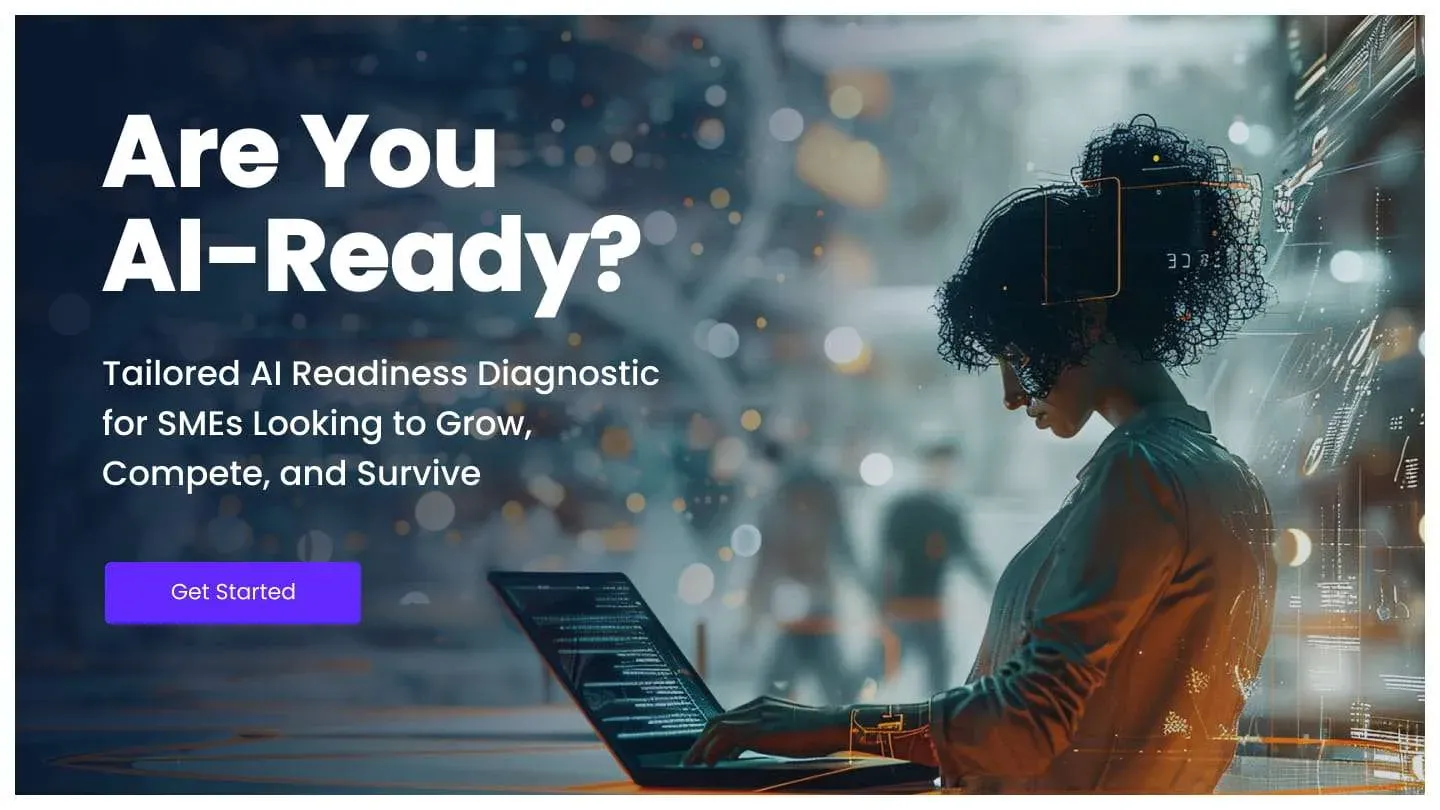
Transforming Agriculture: Making an Impact in a Changing World
Amidst rising global population and urbanization pressures, sustainable agricultural practices like hydroponic farming emerge as vital solutions, using up to 90% less water and significantly reducing the need for land conversion.
The current agricultural system faces a monumental challenge: by 2050, the world's population is expected to reach 9.8 billion people, almost 68% of whom will live in urban areas that will require a 70% increase in food production to feed them but traditional agricultural methods are reaching their limits and by that year, 593 million hectares of land (about twice the size of India) will have to be converted to agricultural land to meet the projected caloric needs of the world's population.
This scenario is putting many essential ecosystems at risk of destruction, especially those key to maintaining an already altered balance of carbon dioxide in our atmosphere.
One viable option to meet this growing demand is the intensification and expansion of agricultural land, which leads to massive resource use and a devastating impact on ecosystems. Another option is to rely on sustainable solutions in agriculture, where hydroponic agriculture emerges as a promising alternative to feed the world efficiently and sustainably as hydroponic farms use up to 90% less water.
Innovative hydroponic farming offers efficiency, sustainability, and superior yields in controlled environments. At the forefront of this innovation is a startup called SYLVARUM, founded by Argentine bioengineer Guadalupe Murga, who is leading the way by hacking into the metabolic system of crops to boost their yield and quality.
Her pioneering technology has redefined the boundaries of hydroponic agriculture. His approach focuses on modifying and enhancing the metabolic system of crops, unlocking their maximum growth and nutritional potential. Through innovative scientific methods, he has significantly increased the yields of hydroponic crops while improving their quality and disease resistance.
Beyond increased production, it is contributing to agricultural sustainability by reducing the use of water, pesticides, and fertilizers. It has opened the door to more profitable and accessible agricultural production, with the potential to feed entire communities more efficiently and sustainably.
However, as with anything, there are always some challenges. For small beginning farmers, getting into hydroponic farming can come with high costs associated with space rental, mortgage payments, renovation of a building or space to house hydroponic structures, the upfront costs of materials (such as LED lights, irrigation, and feeding systems, plant racks, seeds, controlled environment technology, etc.), and the costs of labor and electricity to keep the farm up and running.
However, hydroponic farms have the potential to convert underutilized buildings into community-serving farmland and create jobs. Additionally, in the face of global challenges, especially climate change and food security, innovation in agriculture is becoming critical. Murga's work proves this, showing how technology and science can come together to transform entire industries and address pressing challenges.
Artificial Intelligence (AI) and Machine Learning (ML) are effectively implemented in hydroponics, providing information on optimal plant growth conditions, yield predictions, and disease detection. Internet of Things (IoT) devices can remotely monitor and control hydroponic systems, adjusting nutrient supply based on plant needs, and fully automated hydroponic systems can perform tasks ranging from seeding and transplanting to harvesting, automatically monitoring and adjusting environmental parameters and nutrient balance.
Thanks to technology, factors such as light, nutrient concentration, and pH levels can be controlled to maximize yields and minimize resource use. Advances in state-of-the-art, adjustable, and customizable LED lights can simulate the spectrum of sunlight more accurately to improve plant health and performance and encourage fruiting, flowering, or growth. Aquaponics (the marriage of aquaculture and hydroponics), too, is beneficial: the fish supply the nutrients needed by the plants through their excretions, and, in turn, the plants purify the water for the fish, and while aquaponics is not entirely new, recent innovations have brought it into the commercial spotlight.
In addition to increasing food production, hydroponics offers numerous benefits, from conserving resources, such as water and land, to reducing the carbon footprint and creating employment opportunities. Capitalizing on technological advances will not only increase the efficiency and productivity of hydroponic farms but will significantly contribute to global food security and mitigate the environmental impacts of agriculture.
According to Murga, "Startups offer an option to do science with impact," and, ultimately, hydroponic agriculture represents a crucial step towards a more sustainable and resilient future for humanity.
Programa NAVES 2021, Guadalupe Murga Interview
SYLVARUM

AI-Ready by OpenExO empowers small and medium enterprises to integrate AI seamlessly into their operations, offering a comprehensive assessment, personalized implementation, and continuous strategic coaching, ensuring they not only adapt to but lead in the digital economy. This program transforms AI challenges into growth opportunities, providing SMEs with the tools and expert guidance needed to enhance efficiency, drive innovation, and secure a competitive edge.
ExO Insight Newsletter
Join the newsletter to receive the latest updates in your inbox.









